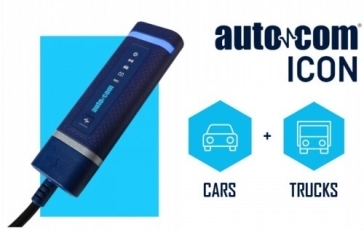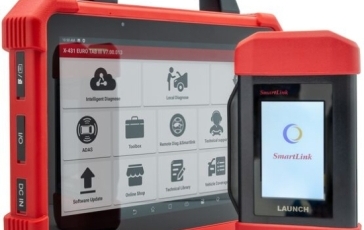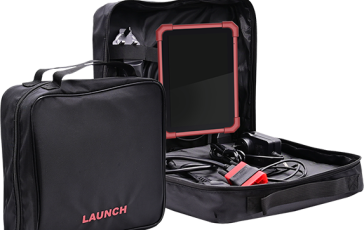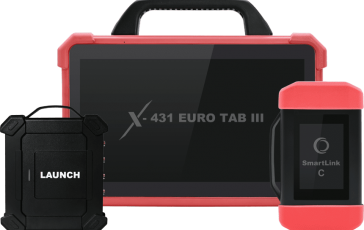PicoScope Automotive oscilloscope 2 channel.
New PicoScope 4425A for active diagnostics
Our exciting new PicoBNC+® probe connectivity, unique to PicoScope 4225A and 4425A oscilloscopes, provides you with:
- Channel status lights to show you which probes and channels to connect and their status when you load a data file or guided test
- Smart probe interfacing so that all your probe configuration takes place in the software - no more incorrect probe switch positions!
- Powered probes that are always on and ready to go - no more flat batteries, current clamp zeroing, or auto-off!
- Future-proofing of your diagnostic capabilities as we develop new probe technologies.
- Full backwards-compatibility with BNC for all your existing PicoScope or third-party probes
- Description
All our automotive PicoScopes have the features that have already helped technicians around the world with vehicle diagnostics:
- 400 M samples/second and 20 MHz bandwidth to make sure you can test the latest vehicles such as those with high-speed FlexRay or CAN-FD networks
- 12-bit (16-bit enhanced) resolution - your waveforms in high definition
- 250 M sample memory for long-duration captures; ideal when you are trying to diagnose intermittent faults
- USB 3.0 data transfer speeds and power, providing you with high performance and portability
More information on the PicoScope hardware >>

Why do you need a PicoScope?
Could you use a scan tool instead of a labscope? No, you need both.
A scan tool only points you in the right direction, perhaps indicating a misfire on a specific cylinder, but rarely does it pinpoint a fault. For example, is the misfire caused by an ignition, injector, or a compression-related issue?
Reliance on a scan tool alone can lead you to "parts darts" where you might find yourself replacing more and more parts until the fault goes away.
Instead, a PicoScope helps you:
- Eliminate guesswork and test individual components before replacing them.
- Find troublesome intermittent faults.
- Investigate vehicle problems when there are no, multiple, or misleading fault codes.
- Diagnose charging and starting faults.
- Trace problems with actuators that are not monitored by the ECU, such as motors and injectors.
- Identify mechanical problems such as compression and slipped / incorrectly fitted timing belts.
- Prove the source of an NVH problem
- Report your objective findings back to your managers and customers
As a technician, a PicoScope brings you faster, more efficient diagnostics and a clear understanding of the vehicle’s workings.
As workshop owner, a PicoScope gives you a "fix it right" culture, with fewer parts changed on guesswork, and increased customer satisfaction, repeat business and profits.











